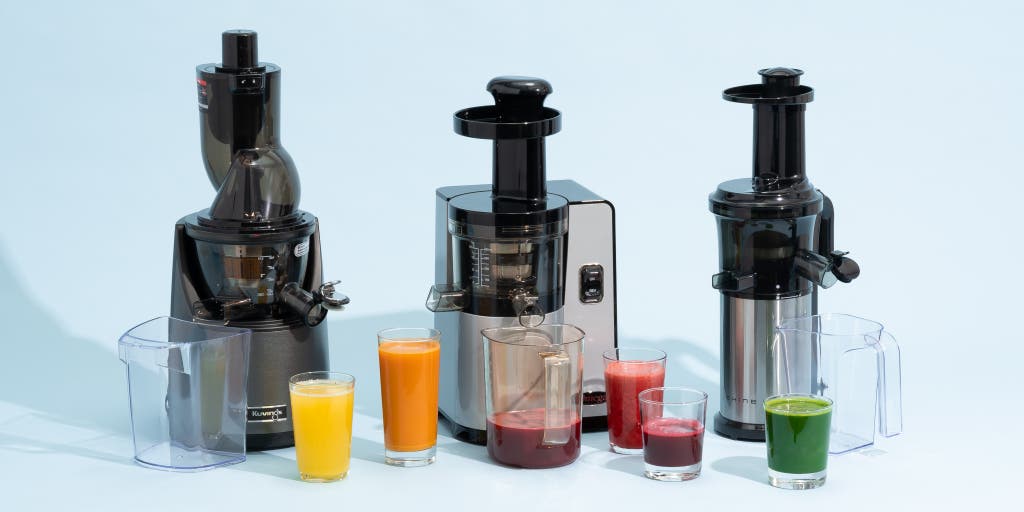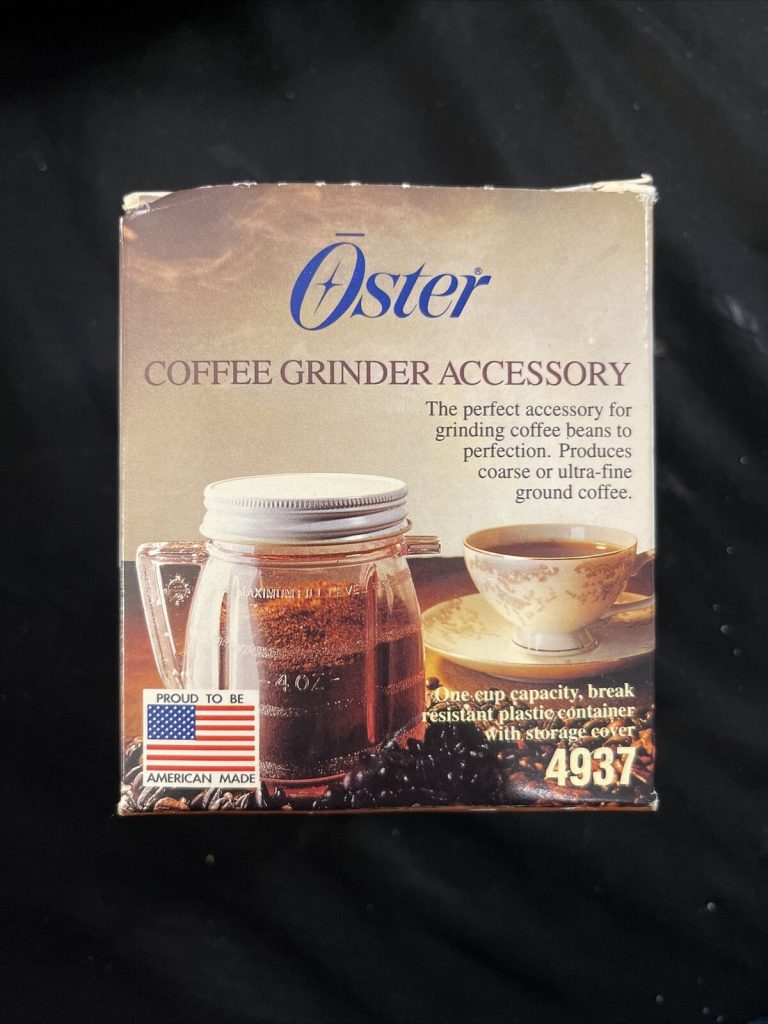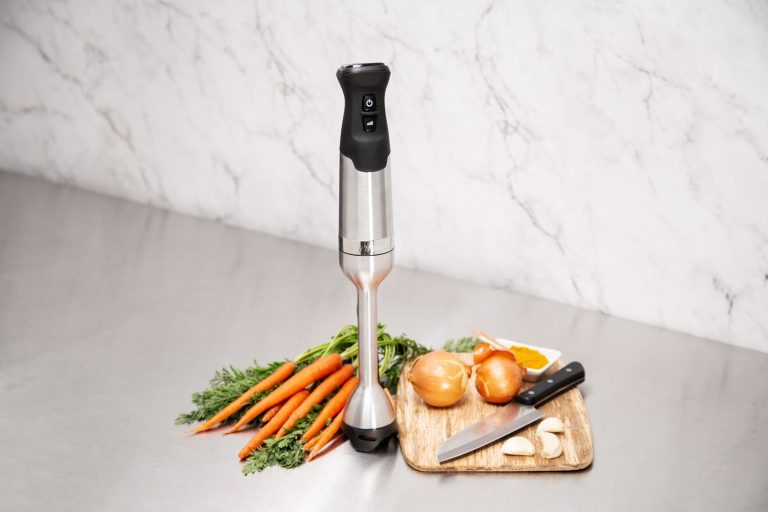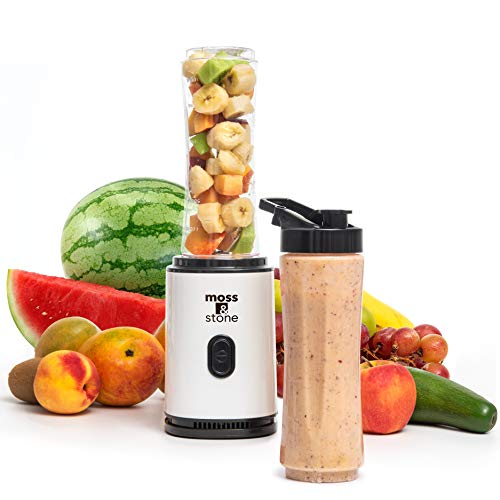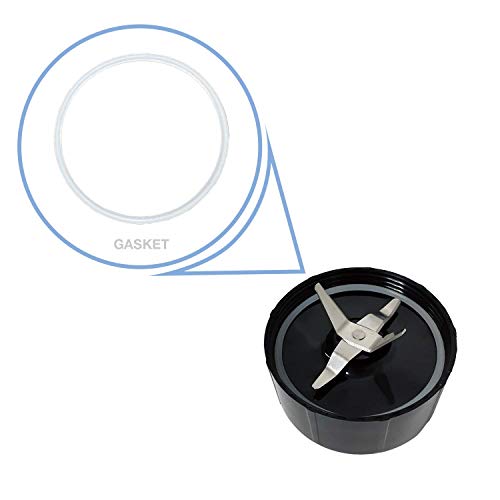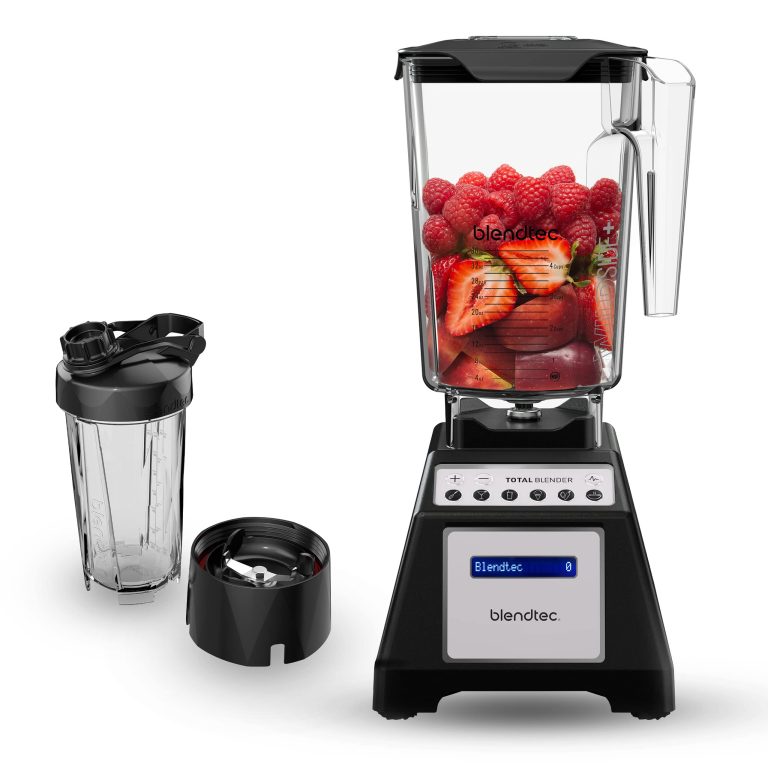Extractor Vs Blender: Which One Wins the Battle of Efficiency?
Extractor and blender are two different kitchen appliances used for different purposes.
Extractor
An extractor is a kitchen appliance designed to extract juice from fruits and vegetables. It operates by using a high-speed spinning blade to chop and grind produce, separating the juice from the pulp and fiber. Extractors are a popular choice among health-conscious individuals who want to enjoy fresh and nutritious juices at home.
How It Works
An extractor works by first feeding fruits and vegetables into a feeding tube, which leads them to a rapidly spinning blade. The blade chops the produce into smaller pieces, while the centrifugal force created by the spinning motion helps to separate the juice from the pulp. The juice then flows through a sieve or filter, while the pulp and fiber are collected in a separate container.
Advantages And Disadvantages
Extractors offer several advantages that make them a popular choice for juicing enthusiasts:
- Efficiency: Extractors are known for their high-speed operation, which allows for quick and efficient juicing.
- Versatility: Extractors can handle a wide variety of fruits and vegetables, making it easy to experiment with different flavor combinations.
- Convenience: With their large feeding tubes, extractors require minimal prep work as whole produce can be juiced without the need for chopping or dicing.
However, extractors also have some drawbacks that potential users should consider:
- Oxidation: The high-speed spinning motion used by extractors can introduce more air into the juice, which can lead to oxidation and a reduction in the overall nutritional value.
- Noisy operation: Extractors can be quite loud due to the high-speed motor, which may be a concern for those living in apartments or shared spaces.
- Pulp content: Some users prefer a smoother juice consistency, but extractors may leave behind more pulp in the final product compared to other juicing methods.
Despite these limitations, extractors remain a popular choice for individuals seeking a convenient and efficient way to incorporate fresh juices into their daily routine. By understanding how an extractor works and weighing the advantages and disadvantages, you can determine if it’s the right juicing method for your needs.

Credit: www.amazon.com
Blender
Blenders and extractors have distinct functions in the kitchen. While extractors are ideal for separating juice from fruits and vegetables, blenders are versatile tools for blending and mixing ingredients. Choose based on your specific needs.
How It Works
A blender is a versatile kitchen appliance that uses rotating blades to mix, puree, or chop ingredients. It consists of a motorized base that powers the blades, a container to hold the ingredients, and a lid to secure the contents during operation.
Advantages
Blenders offer several advantages over extractors, making them a popular choice for many households:
- Blenders can handle a wide range of ingredients, from soft fruits and vegetables to hard nuts and ice cubes.
- They create smooth and consistent textures, perfect for making smoothies, sauces, soups, and dips.
- Blenders are easy to use, with simple controls and settings that allow you to adjust the speed and blend duration.
- They are generally more affordable compared to extractors, making them a cost-effective option for those on a budget.
- Blenders are versatile appliances that can be used for various cooking and baking needs, beyond just making drinks.
Disadvantages
While blenders have many advantages, it’s important to consider their limitations:
- Blenders may not extract as much fiber or nutrients from the ingredients compared to extractors, as they tend to leave behind some pulp or fiber.
- The high-speed blending process can generate heat, potentially affecting the nutritional value of certain ingredients.
- Some blenders can be noisy during operation, which may be a concern for those living in shared spaces or with noise sensitivity.
- Blenders may have difficulty blending tougher or larger pieces of ingredients, resulting in uneven textures or reliance on additional liquid for smooth blending.
- Their container design may make it challenging to clean the blades thoroughly, requiring extra care to prevent residue buildup.
Efficiency Comparison
When comparing extractors and blenders, one of the key factors to consider is their efficiency in extracting nutrients and creating the desired texture and consistency. Let’s delve into the efficiency comparison of these two kitchen appliances.
Nutrient Retention
Both extractors and blenders have the potential to retain nutrients well. However, extractors, with their slow, cold-press extraction process, are generally recognized for preserving nutrients better than blenders, which can generate heat during blending, potentially affecting nutrient retention. For health-conscious individuals, such as those who prioritize getting the maximum nutritional value from their beverages, extractors may be the preferable choice.
Texture And Consistency
When it comes to texture and consistency, both appliances have unique strengths. Extractors are adept at producing smooth, pulp-free liquids, making them ideal for creating juices and purees. On the other hand, blenders excel at creating thicker, more substantial textures, which are perfect for smoothies and soups, giving users greater control over the final product’s consistency.
Time And Convenience
In terms of time and convenience, blenders generally have the edge. Their quick operation allows for immediate creation of drinks and meals. In contrast, extractors’ slower process may not be suitable for those seeking instant results. Furthermore, the cleanup required for extractors, due to their multiple components, can be more time-consuming than the simpler cleaning process of blenders. For individuals with a fast-paced lifestyle, blenders could be the more convenient option.

Credit: www.goodhousekeeping.com

Credit: www.ebay.com
Frequently Asked Questions For Extractor Vs Blender
What Is The Difference Between An Extractor And A Blender?
An extractor is designed to separate the juice from fruits and vegetables, leaving the pulp behind. On the other hand, a blender is used to blend and mix ingredients together, resulting in a smooth consistency. While extractors focus on getting the nutrients from produce, blenders provide a wider range of options for recipes.
How Does An Extractor Work?
An extractor uses a high-speed spinning blade or auger to separate the juice from the pulp. It grinds the produce and then uses centrifugal forces or pressure to separate the juice. This method ensures that the juice retains more nutrients and enzymes, making it a healthy drink option.
Why Would I Choose A Blender Instead Of An Extractor?
Blenders are versatile kitchen appliances that can handle a variety of tasks beyond extracting juice. With a blender, you can make smoothies, soups, sauces, and even grind certain ingredients. If you value versatility and want to experiment with different recipes, a blender might be the better choice for you.
Are Extractors Or Blenders Easier To Clean?
In terms of clean-up, blenders have an advantage. Most blenders only require a simple rinse or a quick run through the dishwasher. Extractors, on the other hand, have more parts to clean, including the pulp container and filter. However, if you’re willing to put in a little extra effort, the health benefits of using an extractor might outweigh the inconvenience of its cleaning process.
Conclusion
In essence, both extractors and blenders have their unique strengths and uses in the kitchen. The decision on which one to use ultimately depends on the specific task at hand. Whether you want to release juice from fruits and vegetables with an extractor or combine ingredients into a smooth liquid with a blender, understanding the purpose of each kitchen appliance is crucial for achieving optimal results.

